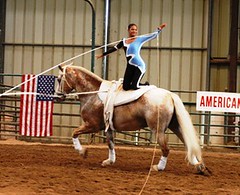Vaulting and trick riding represent some of the most beautiful and awe-inspiring equestrian arts, combining athleticism, horsemanship, and artistic expression into breathtaking performances. Dating back thousands of years to ancient Rome and beyond, these disciplines showcase the remarkable partnership between humans and horses. Unlike traditional riding where the rider remains seated in the saddle, vaulting and trick riding involve gymnastic movements performed on, around, and even under a moving horse. Whether you’re a seasoned equestrian looking to expand your skills or an adventurous beginner captivated by the artistry of these disciplines, training a horse for these specialized activities requires patience, dedication, and a methodical approach. This comprehensive guide will walk you through the essential steps of preparing both yourself and your equine partner for a safe and successful journey into the world of vaulting and trick riding.
Selecting the Right Equine Partner
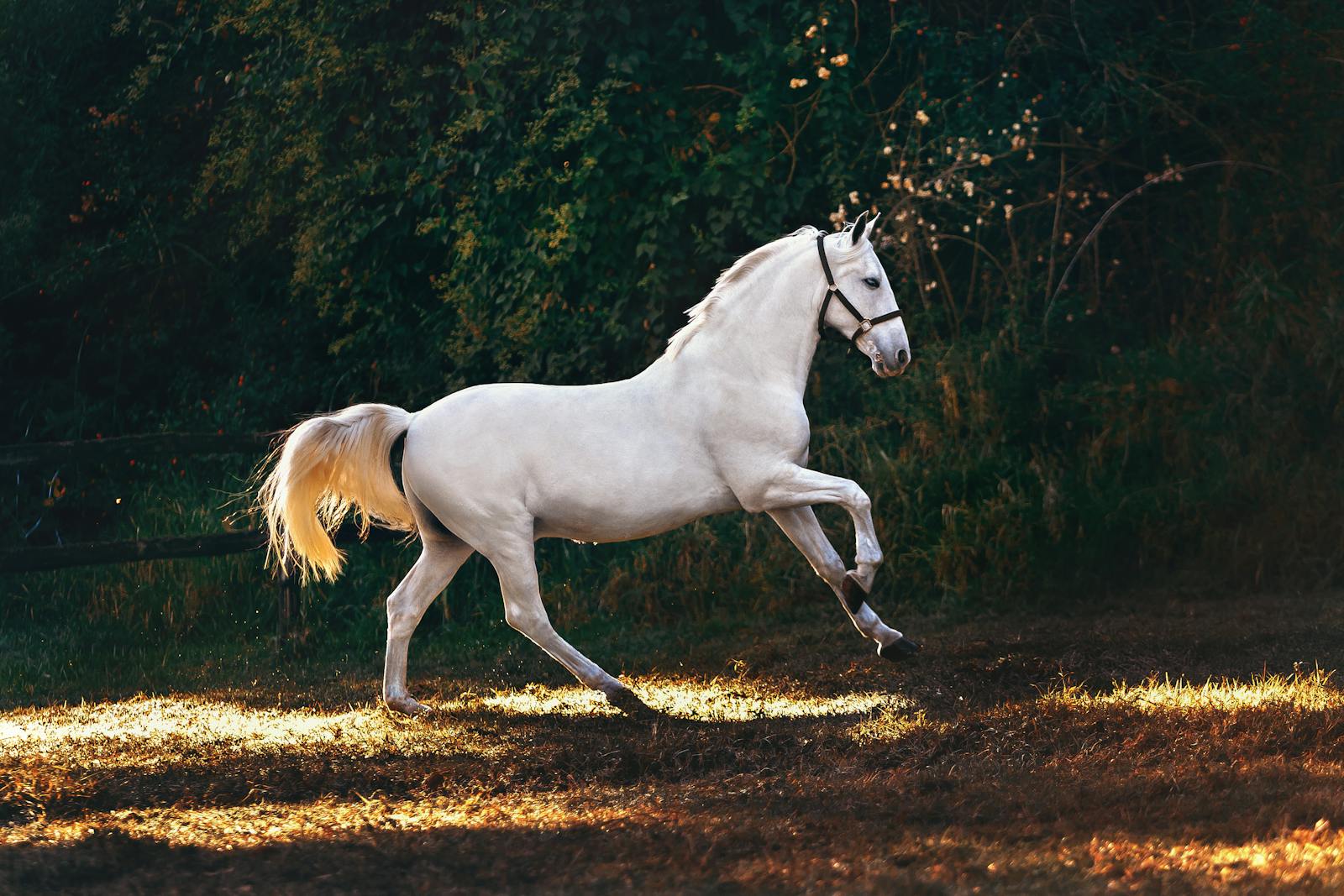
Not every horse is suited to the demands of vaulting and trick riding, making proper selection crucial for both success and safety. Ideal candidates typically stand between 15 and 16 hands high, with a broad, flat back that provides ample space for gymnastic movements. Temperament is the most important factor—your horse must demonstrate exceptional patience, steadiness, and an unflappable demeanor, even when unfamiliar movements occur above and around them. Older horses (7+ years) are often better choices, as they’ve typically developed more mental maturity and consistent gaits. Breeds that commonly excel in these disciplines include draft crosses, warmbloods, and quarter horses. However, individual personality should always take precedence over breed characteristics when making your selection.
Essential Equipment for Training
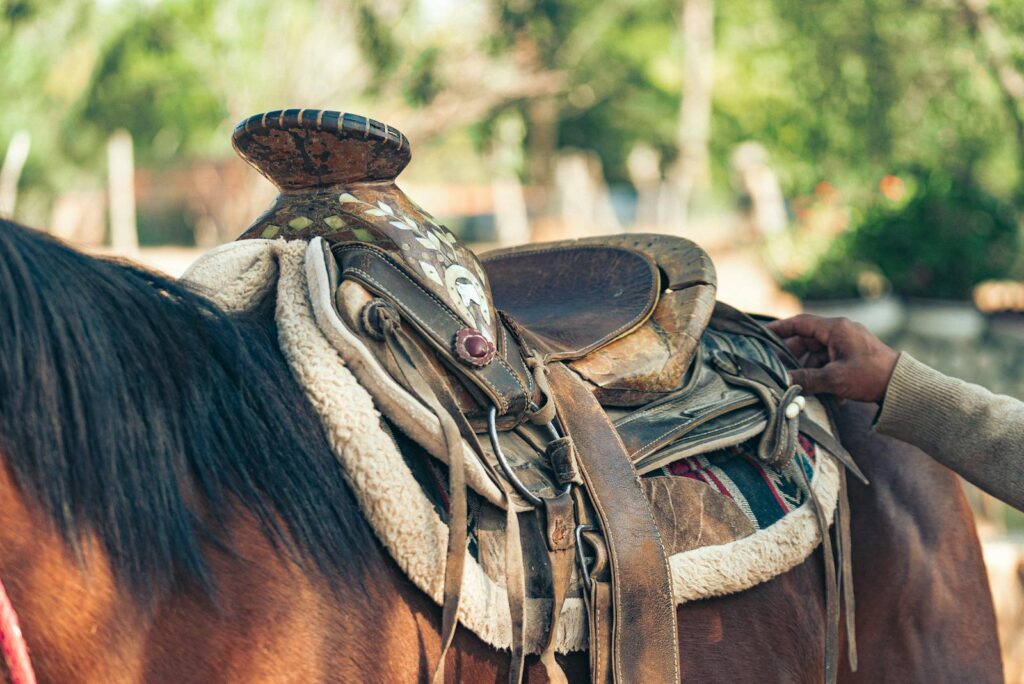
Proper equipment is essential for safe training, ensuring both horse and rider can perform effectively and without injury. For vaulting, you’ll need a specialized vaulting surcingle with padded handles and loops that allow performers to grip securely while executing movements. A thick vaulting pad or roller provides cushioning between the surcingle and the horse’s back, preventing pressure points during performances. For trick riding, specialized saddles with flat seats and minimal horns allow riders to transition between positions without obstruction. Safety equipment for human participants includes approved helmets (especially during training), proper footwear with smooth soles to prevent catching, and close-fitting athletic clothing that won’t tangle during movements. Additionally, a reliable lunging system with appropriate side reins helps maintain consistent gaits during initial training sessions.
Building Your Horse’s Physical Foundation
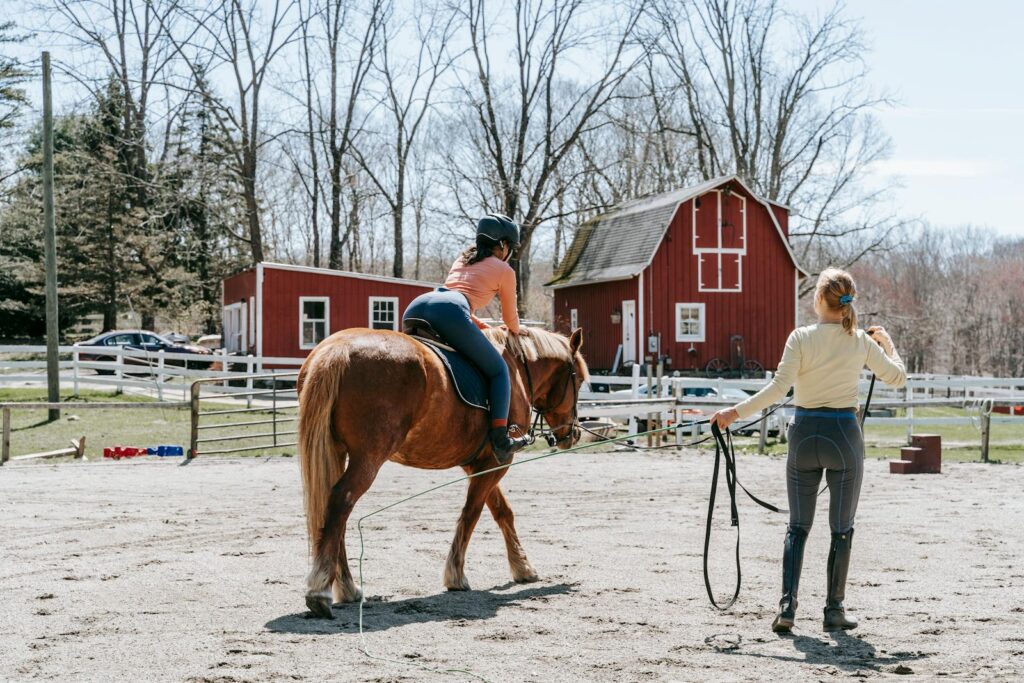
Before attempting any vaulting or trick riding, your horse must develop a strong foundation of physical conditioning tailored to these disciplines. Start with a progressive lunging program focused on building balanced, rhythmic gaits at the walk, trot, and eventually canter—the primary gait used in most performances. Incorporate cavaletti work and gentle hill training to strengthen your horse’s topline, hindquarters, and core muscles, helping them maintain balance while carrying a performer. Back-strengthening exercises such as carrot stretches and controlled backing will also prepare your horse’s spine for the unique weight distribution involved in vaulting and trick movements. A consistent schedule of at least three to four training sessions per week over several months will gradually build the strength, endurance, and proprioceptive awareness your horse needs to perform confidently with a rider above them.
Desensitization Training Techniques
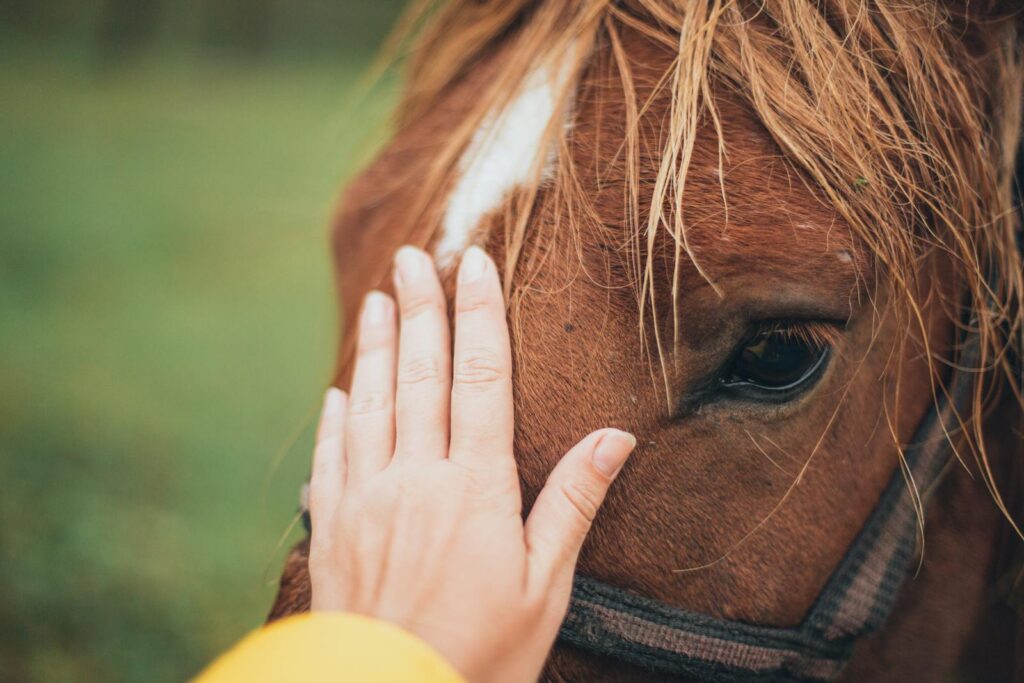
Thorough desensitization is perhaps the most critical component in preparing a horse for vaulting and trick riding success. Start with simple exercises, such as accustoming your horse to being touched on different parts of their body while standing still, then gradually progress to moving around them while they are in motion. Introduce objects like flags, balls, and streamers that might be used during performances, ensuring your horse remains calm even when these items move unpredictably nearby. Gradually add weight and movement on the horse’s back beyond normal riding—beginning with a rider lying across the saddle while stationary, then progressing to simple position changes at a walk. Sound desensitization is equally important; expose your horse to music, applause, and announcement systems they might encounter during performances. Always end each desensitization session on a positive note, offering generous rewards for calm, composed behavior.
Lunging Fundamentals for Performance
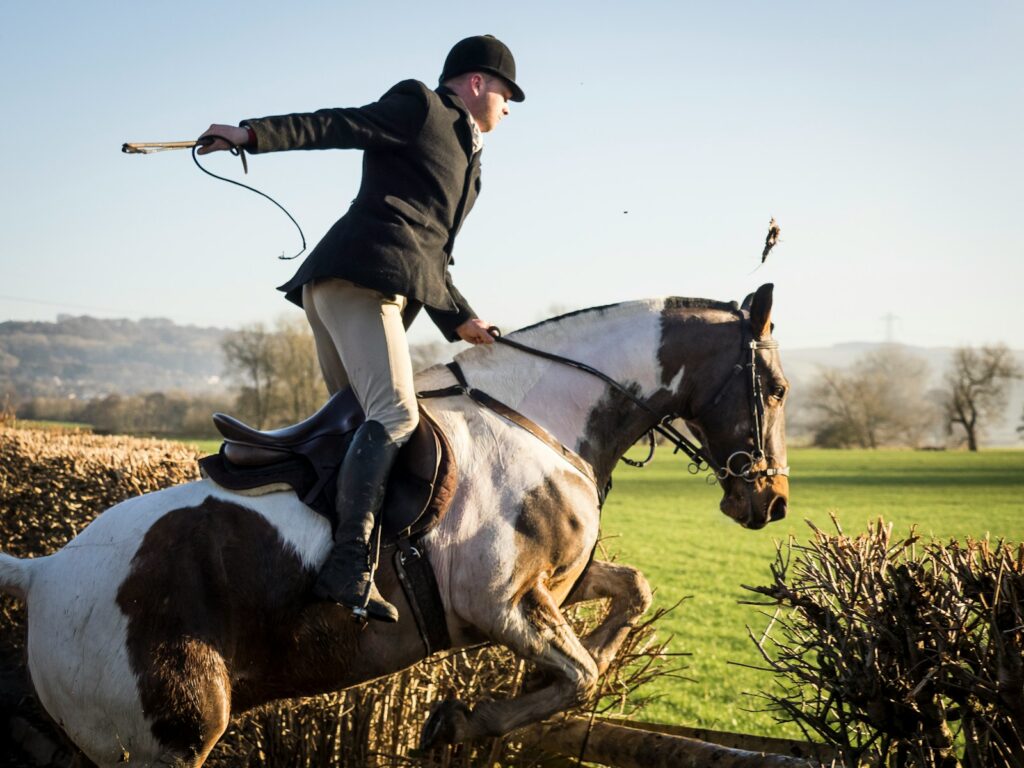
Mastering precise lunging skills is essential when training a vaulting or trick-riding horse, as most performances take place while the horse moves in a circle with a handler controlling from the center. Start by teaching your horse to maintain a perfect circle at a consistent speed without drifting inward or constantly adjusting their gait. Focus on developing clear voice commands to control transitions between gaits, with particular emphasis on maintaining a rhythmic, balanced canter. Train your horse to respond to subtle body language cues from the center of the circle, minimizing reliance on line pressure or whip signals that could become distracting during performances. Gradually introduce distractions while lunging, simulating performance environments while maintaining your horse’s focus and consistent movement, eventually working up to having assistants moving around the outside of the circle while your horse maintains its pace.
Teaching the Essential “Stand” Command
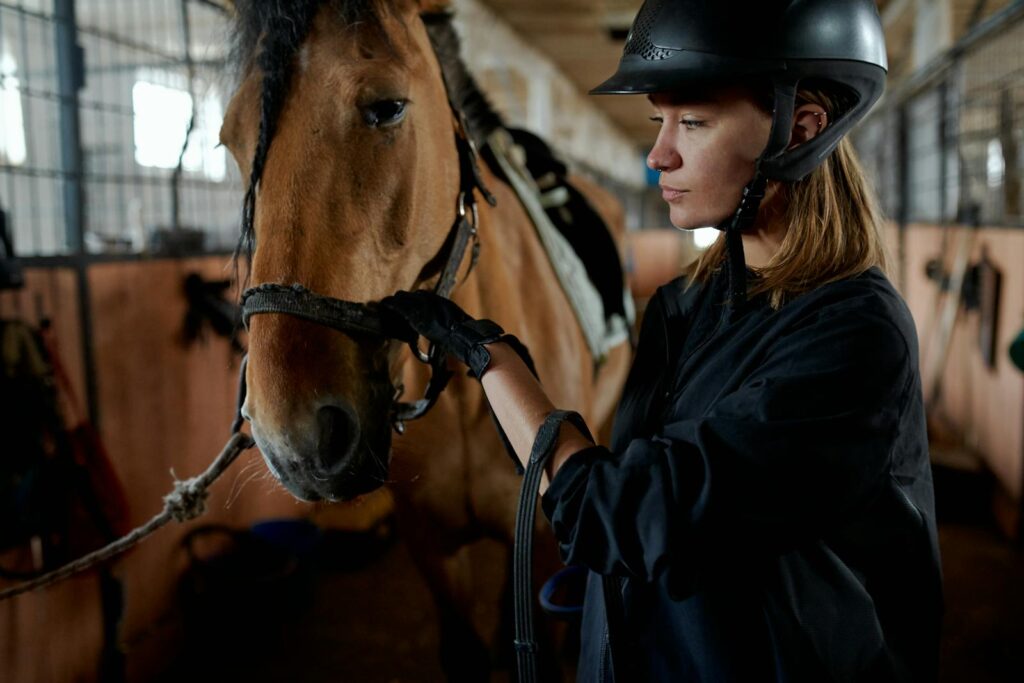
A rock-solid “stand” command is the cornerstone of safety in both vaulting and trick riding, allowing performers to mount, dismount, and reposition themselves with confidence. Begin training this command with your horse halted in hand, using consistent verbal and physical cues while rewarding even brief moments of complete stillness. Gradually increase the duration your horse must remain motionless, progressing from a few seconds to several minutes while introducing minor distractions. Once reliable on the ground, transfer the command to mounted work, teaching your horse to halt and stand perfectly still on cue, regardless of the rider’s position or movement. Incorporate the stand command into every training session, practicing emergency stops from various gaits to ensure your horse will reliably halt in any situation. This command becomes especially vital during performances when multiple performers may be mounting or dismounting simultaneously, making absolute stillness non-negotiable.
Introducing Basic Vaulting Positions
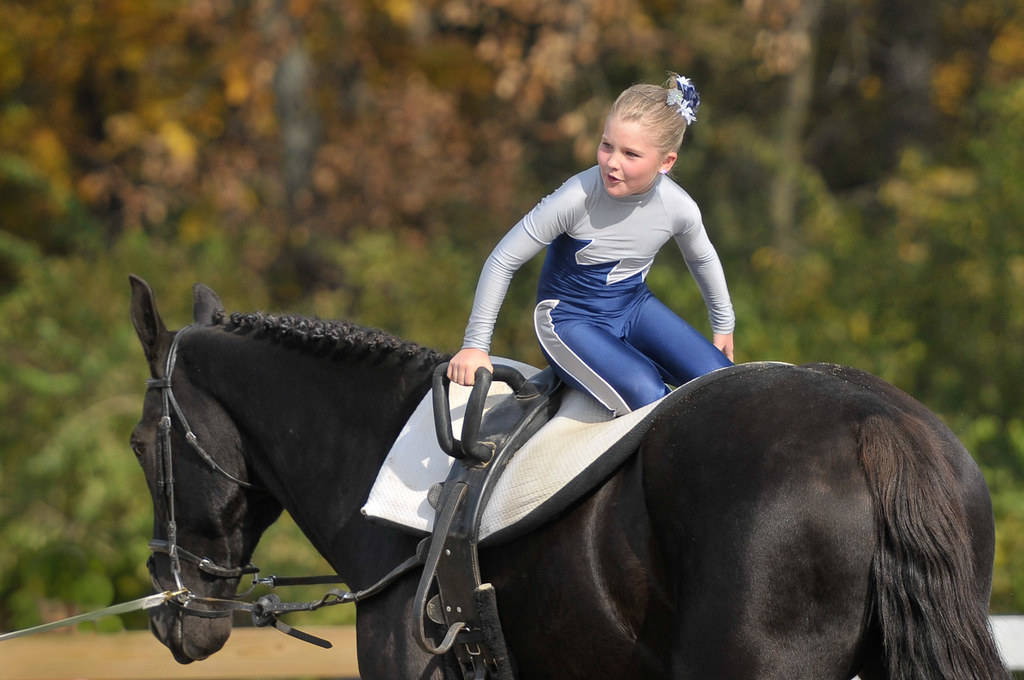
Once your horse demonstrates comfort with the foundation training, you can begin introducing elementary vaulting positions while standing still before progressing to movement. Start with the basic mount, teaching performers to swing smoothly onto the horse’s back from the ground using the surcingle handles while the horse remains perfectly stationary. The flag position—where the vaulter kneels on the horse’s back with one leg extended behind them—provides an excellent starting point to acclimate your horse to changes in weight distribution. Progress to the basic seat, mill, and kneel positions while your horse stands still, carefully monitoring their reaction to these unfamiliar weight shifts and movements. When your horse consistently accepts these positions without tension, gradually introduce them at a walk on the lunge line, offering frequent verbal rewards throughout the process. Remember, this phase requires significant patience—some horses may need weeks or even months to fully accept these new sensations.
Progressing to Dynamic Movements
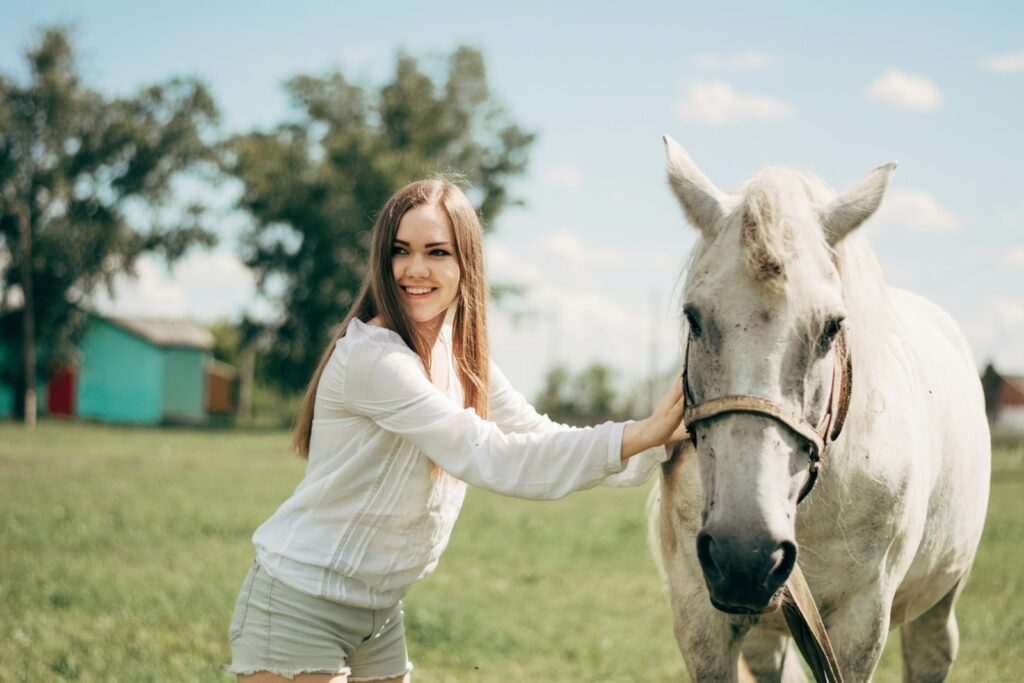
Transitioning from static positions to dynamic movements represents a significant advancement in your training program and should only begin once your horse demonstrates complete comfort with basic positions at all gaits. Start with simple transitions between established positions, such as moving from the basic seat to kneel while the horse continues at a steady canter on the lunge. Gradually introduce more complex movements, like the scissors, where the performer swings their legs over the horse’s neck and back in rhythmic motion, maintaining upper body stability. Dismounts and mounts at various gaits can be introduced next, starting at the walk and only progressing to faster gaits when both horse and performer demonstrate complete confidence. Throughout this progression, maintain close attention to your horse’s body language and emotional state, addressing any signs of tension or discomfort immediately before they escalate into resistance or dangerous behavior.
Trick Riding Foundations
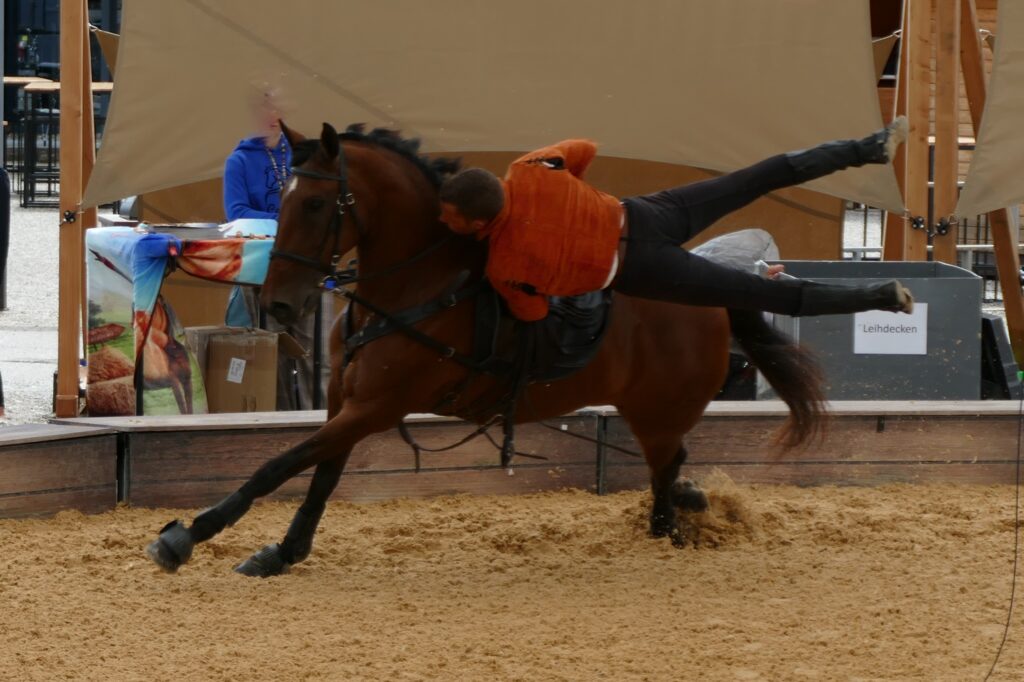
Trick riding builds upon vaulting skills but incorporates more dynamic movements, often performed at faster paces with specialized equipment. Begin trick training with basic “around the world” movements, where the rider rotates their body around the saddle horn in a smooth, controlled manner while the horse maintains a steady gait. The hippodrome stand—where the rider stands on the horse’s back while holding specialized handles—serves as another fundamental trick that builds confidence for both horse and rider. Develop your horse’s comfort with the one-foot drag, where the rider slides to the side of the horse with one foot hooked in a specialized stirrup while maintaining balance alongside the horse. All trick fundamentals should initially be practiced at slow gaits on the lunge line with spotters, gradually building speed and independence as proficiency increases. Never rush this progression, as proper foundational work prevents dangerous failures in more advanced movements.
Advanced Combination Routines
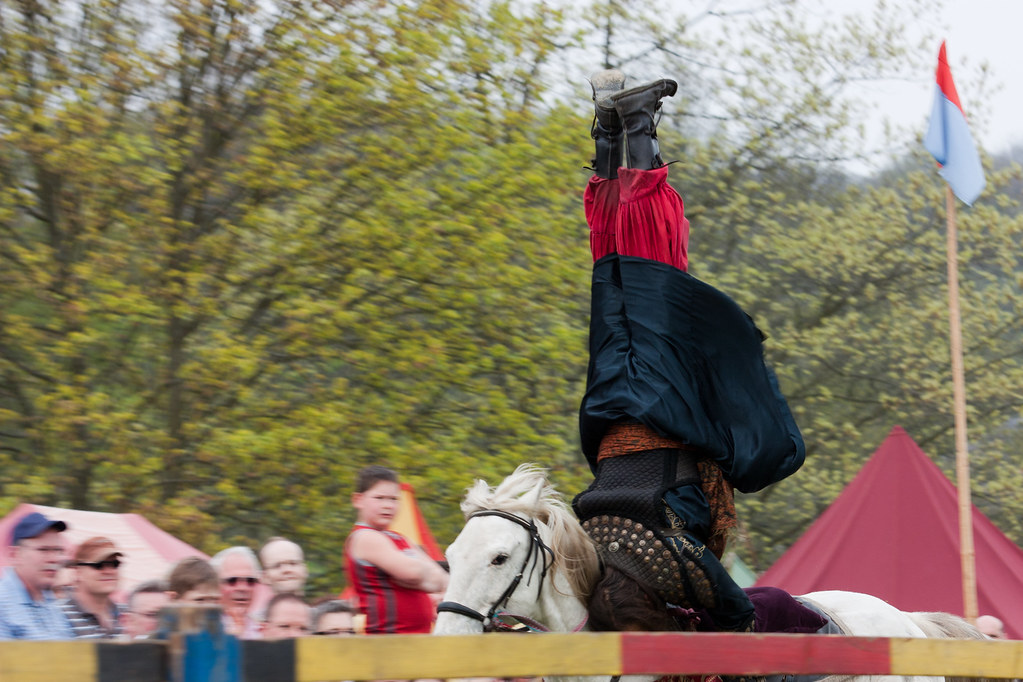
Once individual movements have been mastered, creating flowing combination routines prepares both horse and performer for actual demonstrations or competitions. Design progressive sequences that link 3-4 movements together, focusing on smooth transitions rather than difficulty in the early stages. Practice these combinations extensively at the walk before advancing to the trot and canter, ensuring your horse maintains a consistent rhythm without anticipating or rushing through transitions. Incorporate music into training sessions to accustom your horse to performing with musical accompaniment, which helps establish rhythm for both horse and vaulter. Gradually extend the duration of routines, building your horse’s physical and mental stamina for full-length performances lasting several minutes. Throughout combination training, schedule regular breaks and introduce variety to prevent your horse from becoming bored or anticipating specific sequences, keeping their mind engaged and receptive.
Managing Performance Environments
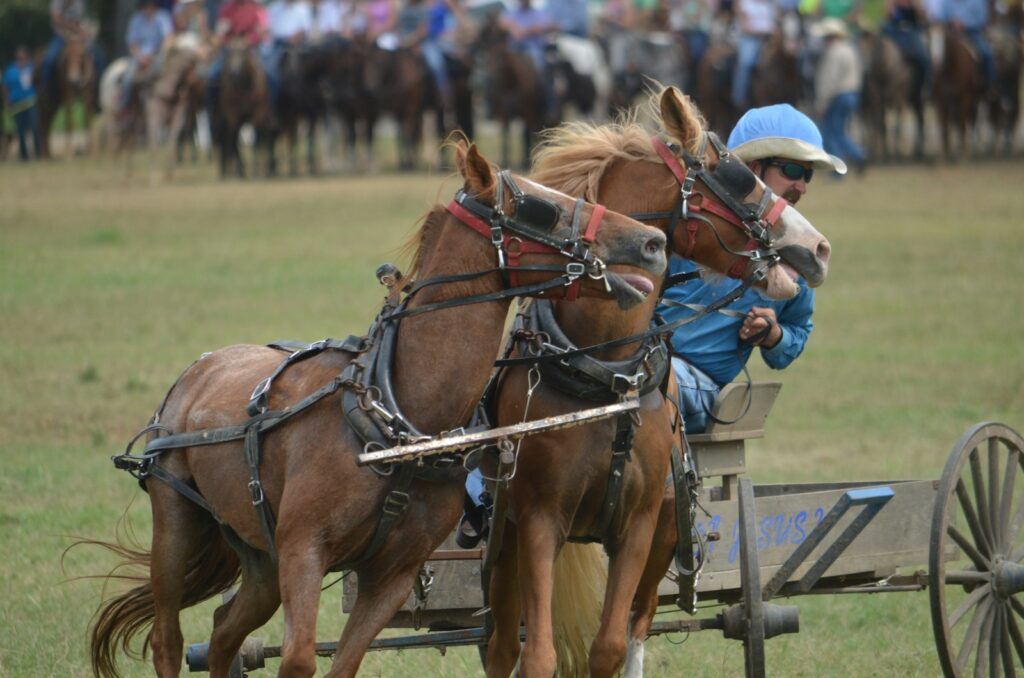
Even the most thoroughly trained horse can become overwhelmed when first encountering actual performance environments with crowds, unfamiliar spaces, and heightened energy levels. Begin environmental preparation by training in different locations—moving from your home arena to other facilities with new sights, sounds, and surroundings—while maintaining your horse’s focus and compliance. Simulate performance conditions by inviting small audiences to watch training sessions, gradually increasing the crowd size as your horse becomes more comfortable. Practice with performance music, announcements, and applause recordings to normalize these potentially startling stimuli. When attending your first actual events, arrive well before your performance time, allowing your horse to acclimate to the venue through calm hand-walking and focused groundwork. Consider using natural calming supplements approved for competition if your horse tends toward anxiety, but never resort to sedatives, which compromise safety and coordination.
Maintaining Your Performance Horse
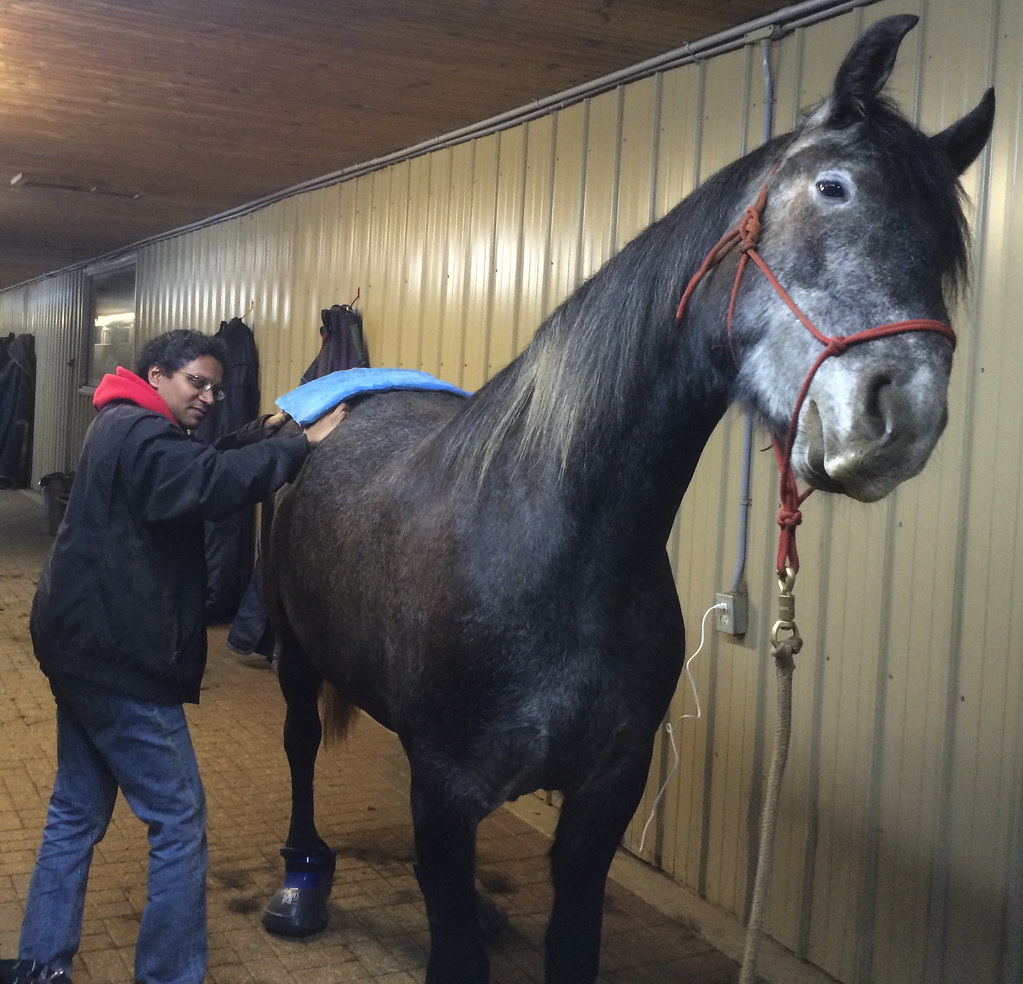
The unique physical and mental demands of vaulting and trick riding necessitate specialized maintenance protocols to keep your equine partner sound and willing. Implement a thorough warm-up and cool-down routine for every session, incorporating stretching exercises that prepare your horse’s back and core muscles for the distinctive stresses of performance work. Schedule regular bodywork sessions with a certified equine massage therapist or chiropractor who understands the biomechanical challenges specific to vaulting and trick riding horses. Maintain a careful balance between performance training and variety in your horse’s routine—incorporating trail rides, liberty work, or other enjoyable activities to prevent mental burnout or resentment of the performance circle. Most importantly, establish a consistent schedule that includes adequate rest periods between intensive training sessions, recognizing that mental recovery is just as crucial as physical recovery for these specialized athletes. Remember that a well-maintained vaulting or trick-riding horse can enjoy a long career spanning many years when their physical and emotional needs are given appropriate attention.
Safety Protocols and Emergency Procedures
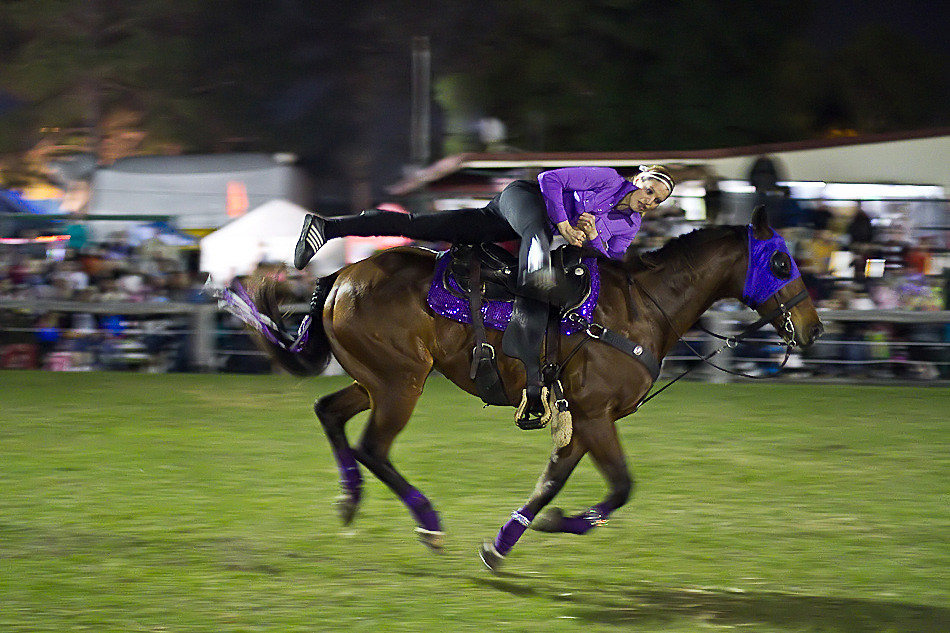
The spectacular nature of vaulting and trick riding comes with inherent risks, which demand rigorous safety protocols throughout both training and performances. Establish clear communication systems between the lunger, performers, and spotters, using consistent verbal commands that everyone instantly recognizes. Practice emergency dismounts from every position, ensuring performers can quickly and safely exit from any movement if the horse shows signs of distress. Maintain a “safety first” training progression that never sacrifices preparation for advancement—rushing through training stages is one of the most common causes of accidents in these disciplines. Create detailed emergency response plans for various scenarios, ensuring that everyone knows their role if a performer falls or a horse becomes unmanageable. While helmets may not be worn during formal performances, they should be mandatory during all training sessions, particularly when learning new movements or working with less experienced horses. Remember, even the most bombproof horse can have unpredictable moments, making comprehensive safety preparations non-negotiable.
Vaulting and trick riding represent the pinnacle of trust and partnership between humans and horses. Through methodical training, consistent practice, and unwavering respect for both the horse’s and performer’s capabilities and limitations, these breathtaking art forms can be safely enjoyed at various levels, from recreational to competitive. The journey requires a significant investment of time—often years of progressive training—but rewards participants with an unparalleled sense of accomplishment and a bond with their equine partner that transcends ordinary riding experiences. Whether your aspirations include competition in formal vaulting events, entertaining audiences with dramatic trick riding displays, or simply enjoying the personal growth that comes from mastering these skills, the methodical approach outlined in this guide provides the framework for safe and successful advancement in these remarkable equestrian arts.

